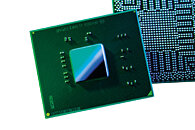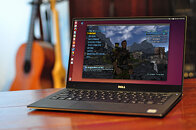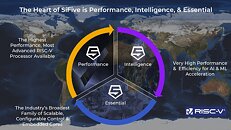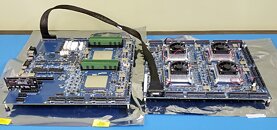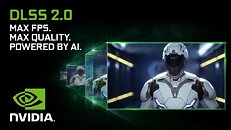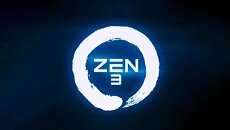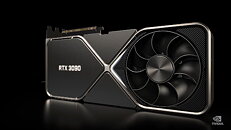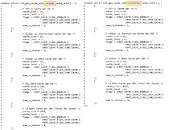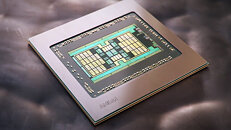
Valve's Arch Linux-based SteamOS 3.0 to be Available to Public as a Standalone Distribution
As Valve is preparing to launch its handheld gaming console called Steam Deck, the company is investing a lot of resources into the software side of things. Powering the console is the company's custom SteamOS distribution, a modification of Arch Linux in today's form. In previous releases, Valve has been pushing its SteamOS as a modification of Debian Linux. However, that version didn't get updated in over two years, and the last release happened with version 2.195. When the Steam Deck console lands in the consumer's hands, we are supposed to see a new version of SteamOS, called SteamOS 3.0, become available for the public to download as any standalone Linux distribution.
With the release of 3.0, the company is switching to a rolling release OS embedded with bells and whistles to make gaming on Linux a viable option. All that is needed to fire up Steam and start gaming is already pre-installed, and you can get the same Steam Deck experience on your PC or any device that can run Linux. The moment this becomes available to the public, we will update you with more information.
With the release of 3.0, the company is switching to a rolling release OS embedded with bells and whistles to make gaming on Linux a viable option. All that is needed to fire up Steam and start gaming is already pre-installed, and you can get the same Steam Deck experience on your PC or any device that can run Linux. The moment this becomes available to the public, we will update you with more information.















